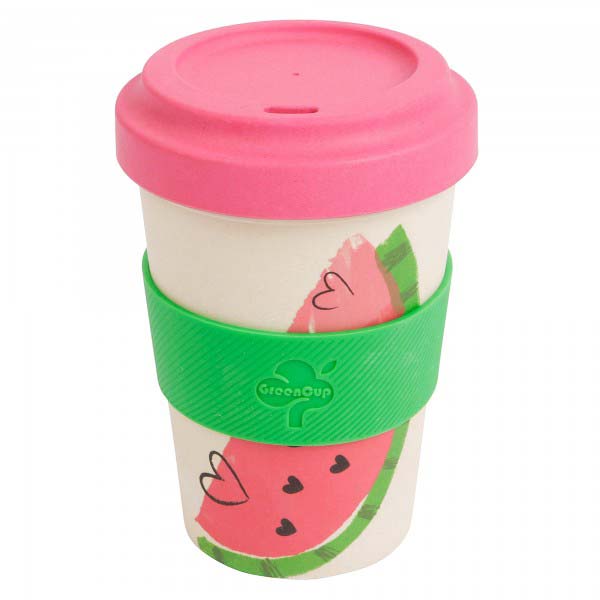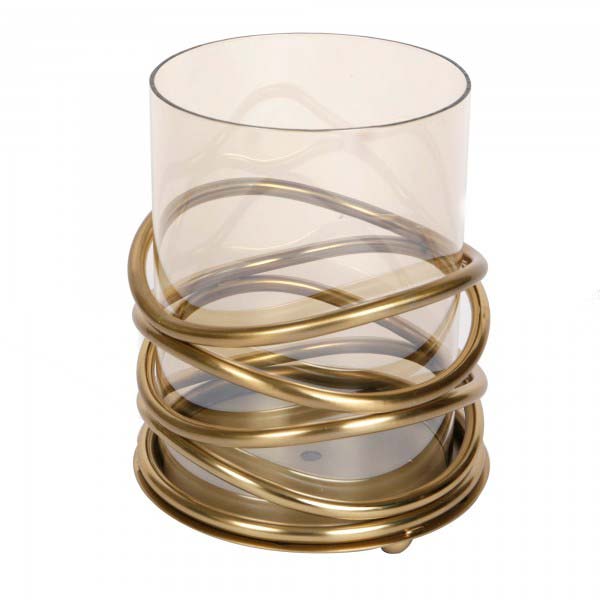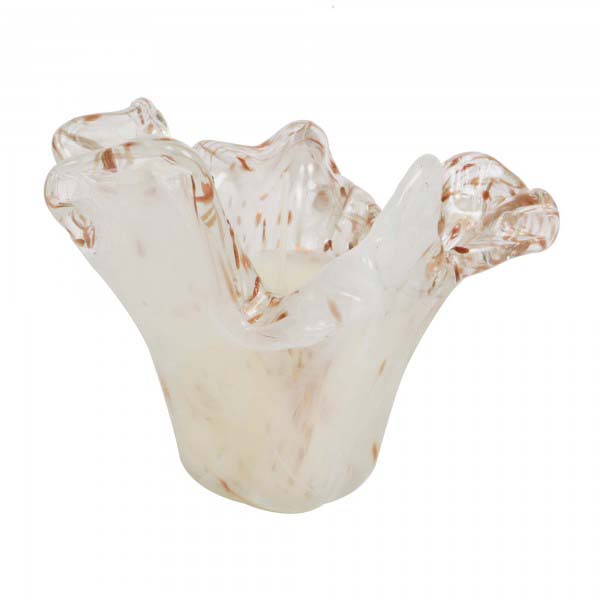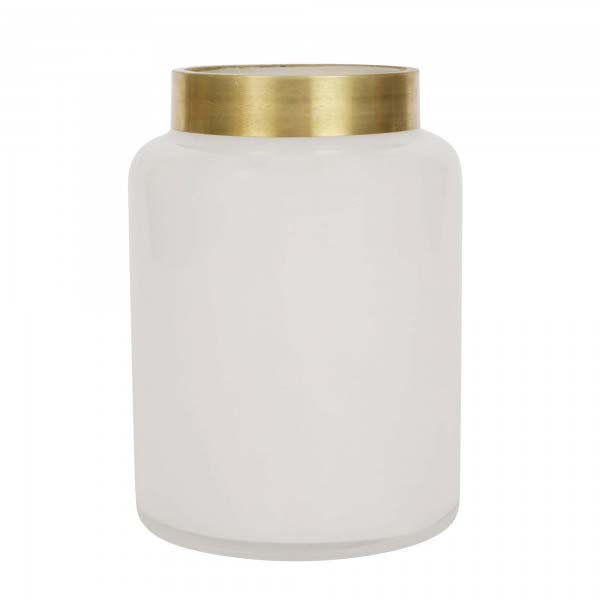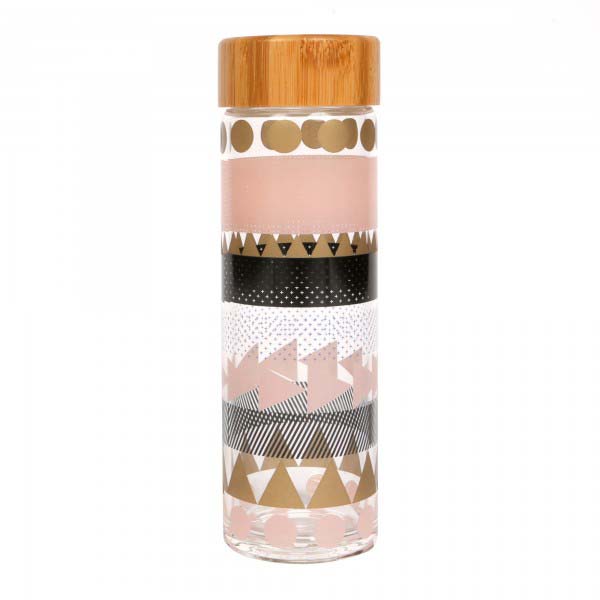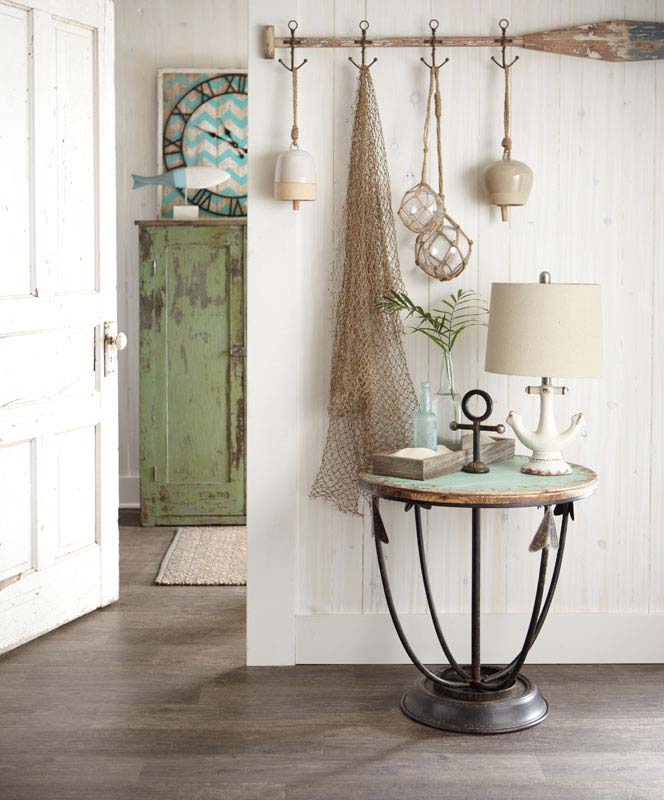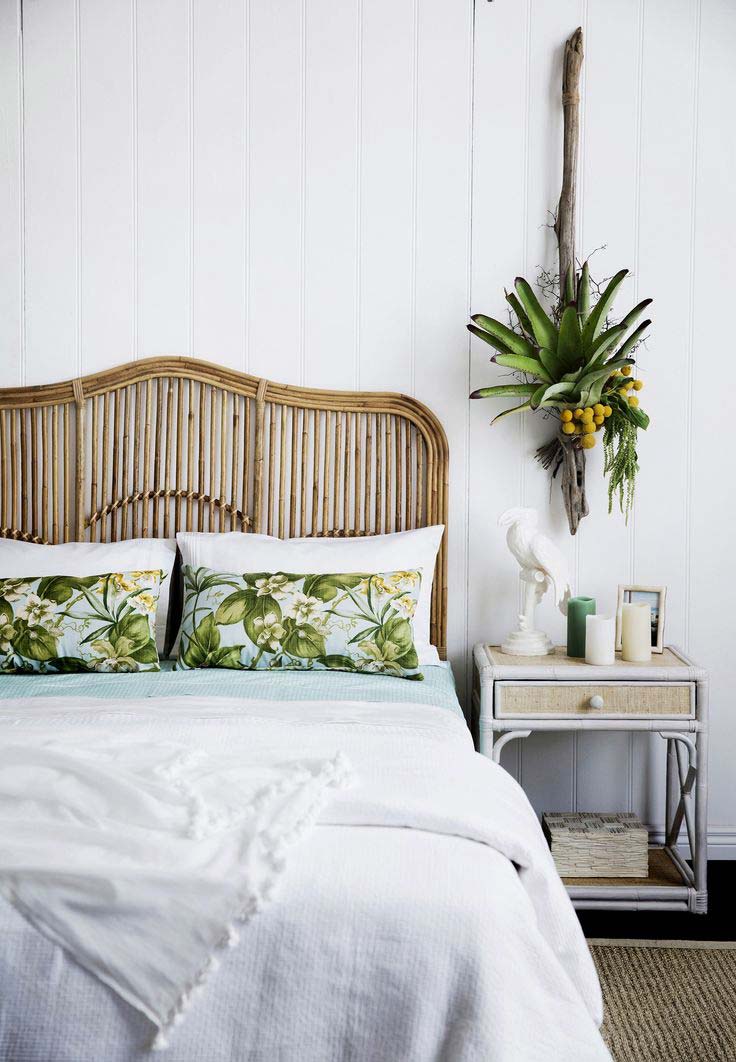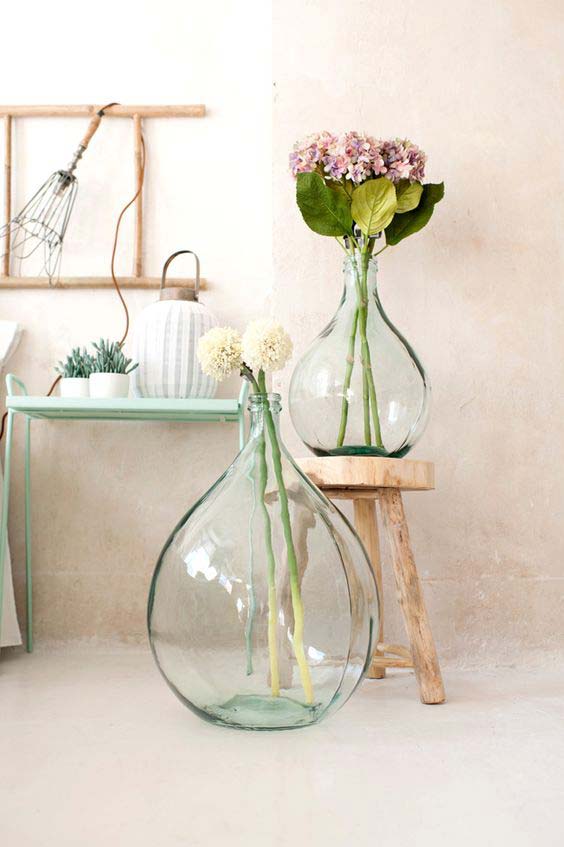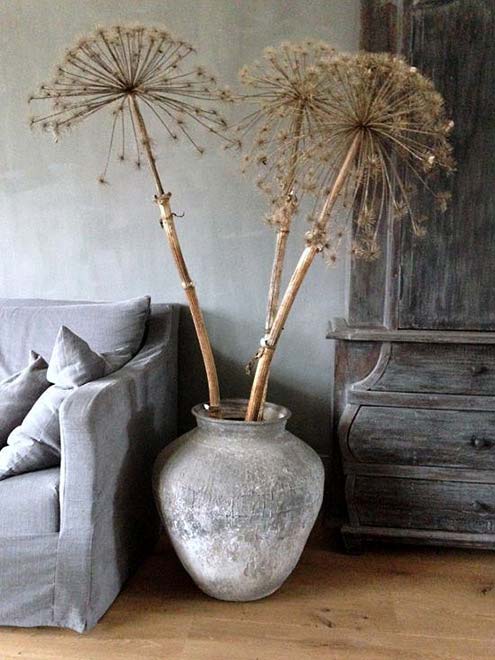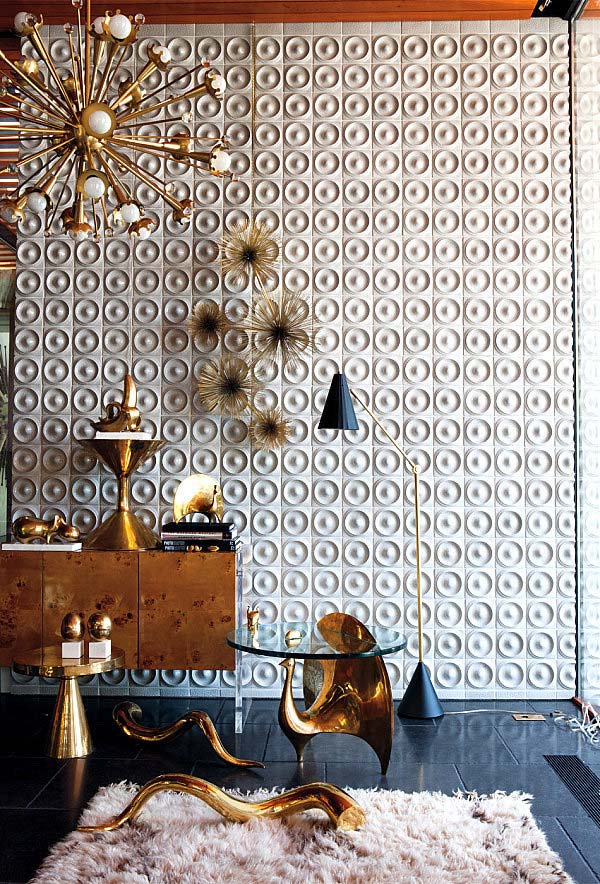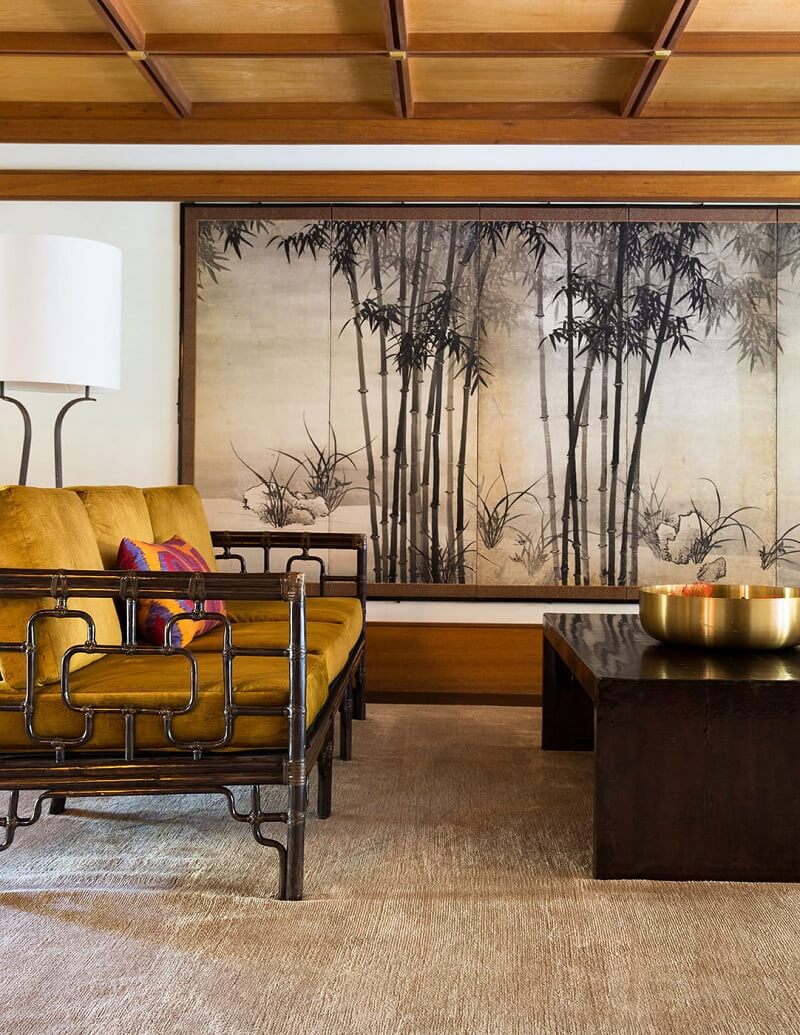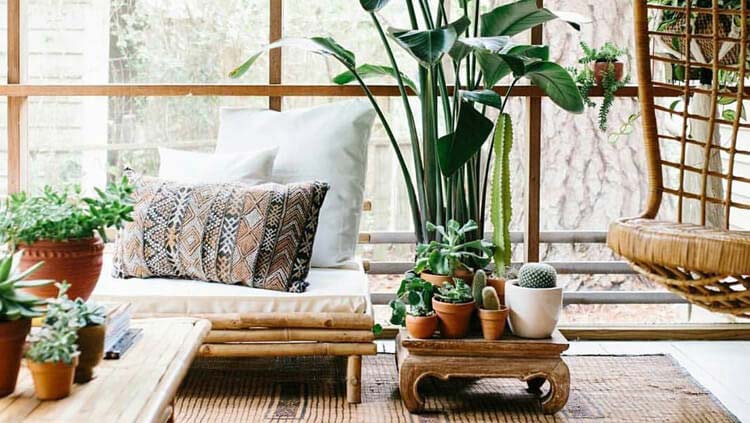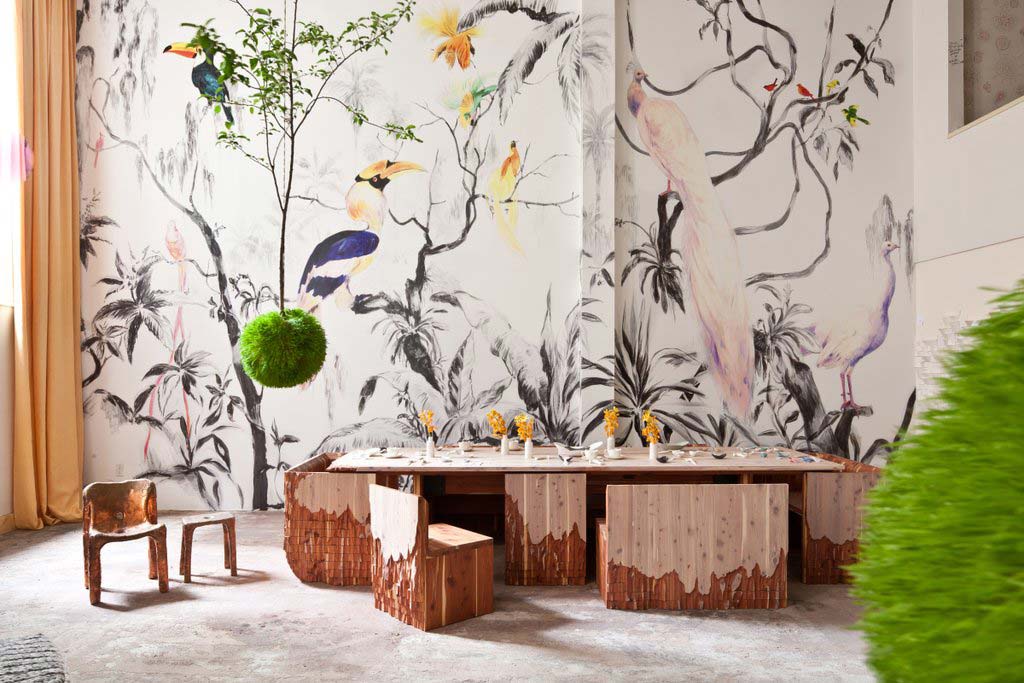- Free Delivery On All Orders Over £49
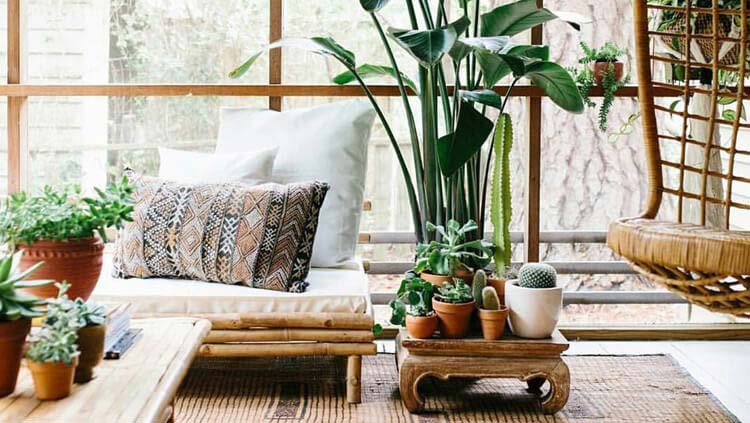
Green design has been a hot topic in interiors in recent years and with good reason: the interior design industry is built on replacement. Out with the old and in with the new! But wastefulness is not sustainable, and so the focus has shifted to environmentally friendly products and materials. Reduce, reuse and recycle are slogans that have become part of our popular culture, with retailers and consumers alike being urged to be more mindful when it comes to the planet. Here are the green design basics of home décor and a look at how we can make responsible and informed choices about sustainable interior design.
Green is not just a colour
Green design, sustainable design or environmentally conscious design refers to the philosophy of designing with social, economic and ecological sustainability in mind. This means using materials that do not deplete the earth’s natural resources, labour through empowerment and upliftment, and manufacturing processes that have reduced usage, wastage, and non-toxic by-products.
GREEN HOMEWARE
Which materials are green?
Green materials are those natural materials that do not put pressure on natural resources.
Wood
For wood to be classified as sustainable, it has to be harvested from a sustainably managed forest. Sustainable forests are managed by forest stewards who control foresting to prevent damage to the landscape, resident wildlife, natural watersheds and of course, the trees. They plan with a long-term view in mind rather than short-term gain. Fast-growing softwoods like pine tend to be more sustainable, while slow-growing oaks and beech trees have to be managed very carefully to make then sustainable. The slower replacement rate of these wood species is also why they are more expensive.
Bamboo
Bamboo is one of the most environmentally friendly wood products because of its incredible growth rate. Bamboo also doesn’t need fertiliser to grow and it self-propagates from its root system meaning it doesn't have to be replanted. Bamboo forests also absorb carbon dioxide, produce oxygen and help with regulating watersheds and soil corrosion.
Click here to shop our collection of fun bamboo homeware!
Bamboo fibre can be processed into many different materials: fabric and textiles, pulp and paper, wood panels and flooring, moldable material for use in kitchen accessories and homeware, and much more!
As a building material, bamboo’s properties are almost unrivalled: itscylindrical construction gives it excellent strength-to-weight ratio, it is lightweight which reduces structural and transport costs, it has the tensile strength of steel and is stronger than concrete when compressed.
To find out more about the benefits of bamboo, click here.
Glass
Glass has 100% recyclability, meaning it can be recycled again and again without loss of quality or clarity. This ability makes glass one of the most renewable materials we have. More than a ton of natural resources is saved for every ton of glass that is recycled. But the process is not entirely flawless, with the recycling using both water and heat. The benefit of recycling glass however far outweighs the cost.Recycling glass reduces CO2 emissions, reduces the demand for other natural resources like petroleum-based plastics, and uses less energy than making new glass. Click here for some more facts and figures!
Glass is an incredibility versatile material that can be moulded or blown into an endless variety of shapes and vessels. Click here to shop our beautiful selection of glass homeware!
Clay
Clay and stone are two of the oldest construction materials known to man. Both of these are readily available,and they are also regionally specific, meaning their inherent properties are ideally suited to where they are found. Clay can also be shaped in whichever building material is required, and had superior heat retention and resistance properties, keeping structures cool in summer and warm in winter.
The variety of clay homeware is vast, ranging from rustic pottery to delicate porcelain.
Metal
Metal is another infinitely recyclable material. It can be melted down and refashioned again and again. Metal alloys like stainless steel, made up of chromium, nickel and molybdenum, can even be melted down and the elements separated without loss. While the mining of metal can be a costly affair with some questionable environmental practices, the product can never be lost, making very sustainable. Metal finishes in home décor are also super trendy, so be sure to include some metallic accents in your home!
It is our responsibility to be mindful when it comes to our choices. Be sure to buy environmentally conscious products and do your bit for the planet!




